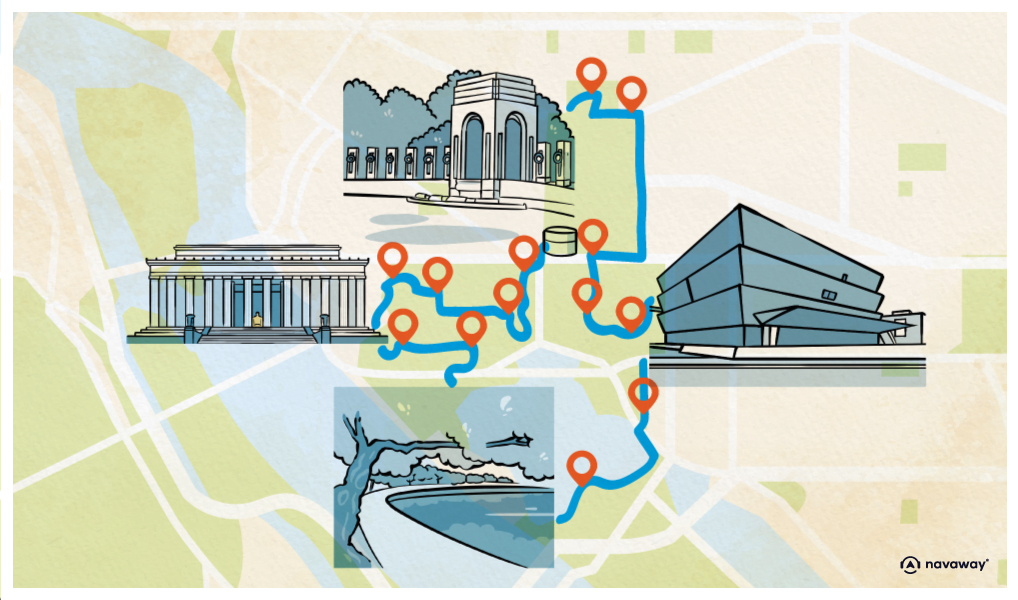
Vietnam Veterans Memorial
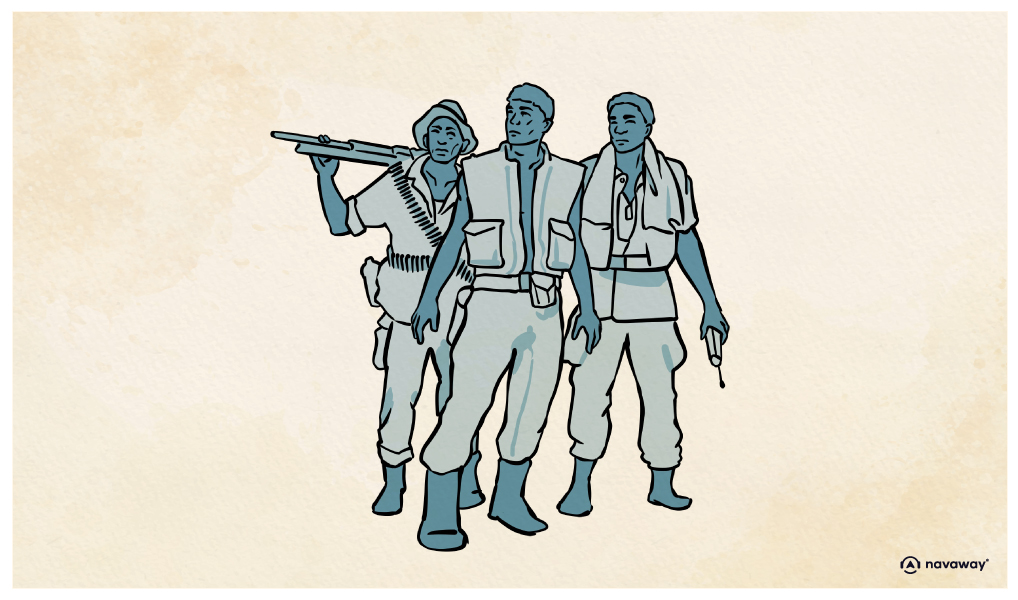
This point of interest is available as audio on the tour: Visit Washington, Where American Democracy was born
You are now in front of the Vietnam Veterans Memorial. It’s a long black wall running along a pathway in Constitution Gardens. The wall has 72 granite panels engraved with the names of those who died or went missing during the Vietnam War, which took place from 1955 to 1975. As you already kow, this was was tragic – as all wars ultimately are.
Let’s review the reasons and consequences of this conflict. Before World War II, France controlled a territory known as Indochina. During the war it was annexed by Japan then reclaimed by France when Japan’s surrendered in 1944. In the meantime, a communist group called the Viet Minh took over the northern part of the country and founded the Democratic Republic of Vietnam. France struggled to regain power and in 1949 established the Republic of Vietnam in the southern territory to fight against the communist-led north. This was the First Indochina War. France lost this war and the region in 1954, which was then divided into North Vietnam, South Vietnam, the Kingdom of Cambodia, and the Kingdom of Laos. Bare in mind that the United States was providing France with logistics and supplies throughout this war. Needless to say, they were against communism. The following year, South Vietnam did not become a communist state but instead a dictatorship, led by an anti-communist leader whom the Americans approved of. Historians widely believe that the election was rigged. However, as the number of communist rebels increased in the south, the U.S. decided to intervene. In 1963, the United States orchestrated a coup to overthrow South Vietnam’s increasingly unpopular leader, replacing him with someone of their choosing. But the new regime proved unstable, and there were numerous attempts to overthrow it, which only strengthened the communist factions across the territory. To try and stop this, the United States sent their military forces, heavy weaponry and bombs that led to devastating human and material losses. The horrifying images and catastrophic number of casualties sparked outrage among the American people, who challenged their government’s decisions and demanded an end to the war. But the merciless war between America and North Vietnam raged on. Eventually even American soldiers turned against the war. Criticised both at home and by its own administration, the United States began scaling back its bombings. When President Nixon took office, he started withdrawing troops while training South Vietnamese soldiers to defend themselves against the North. In 1972, a now-infamous photo of a young Vietnamese girl, suffering from American attacks, shocked the world, fuelling anti-war sentiments. North Vietnam launched new offensives, and by 1973, the United States withdrew entirely. The Paris Peace Accords marked North Vietnam’s victory and two years later, North Vietnamese forces captured the capital of South Vietnam, forcing it to merge with the North. This event officially marked the end of the Vietnam War in 1975. This tragic conflict left a deep impact on the American people. Many were those who fought to end this war that killed countless citizens and soldiers. Among them: Muhammad Ali, Martin Luther King Jr., Jim Morrison, John Lennon, and many others who publicly voiced their opposition. Maybe you’ve wondered before why the Vietnam War is so widely discussed, and now you know. This memorial honours all those who served in the U.S. military during this conflict. Completed in 1982, the wall also features the Three Soldiers statue and the Vietnam Women’s Memorial, located just a few meters away in the park.

Discover other tours to visit Washington

Discover Washington with app
An interactive guide through the most beautiful streets, squares, and districts
18 fun audioguides full of historical facts, anecdotes, and legends
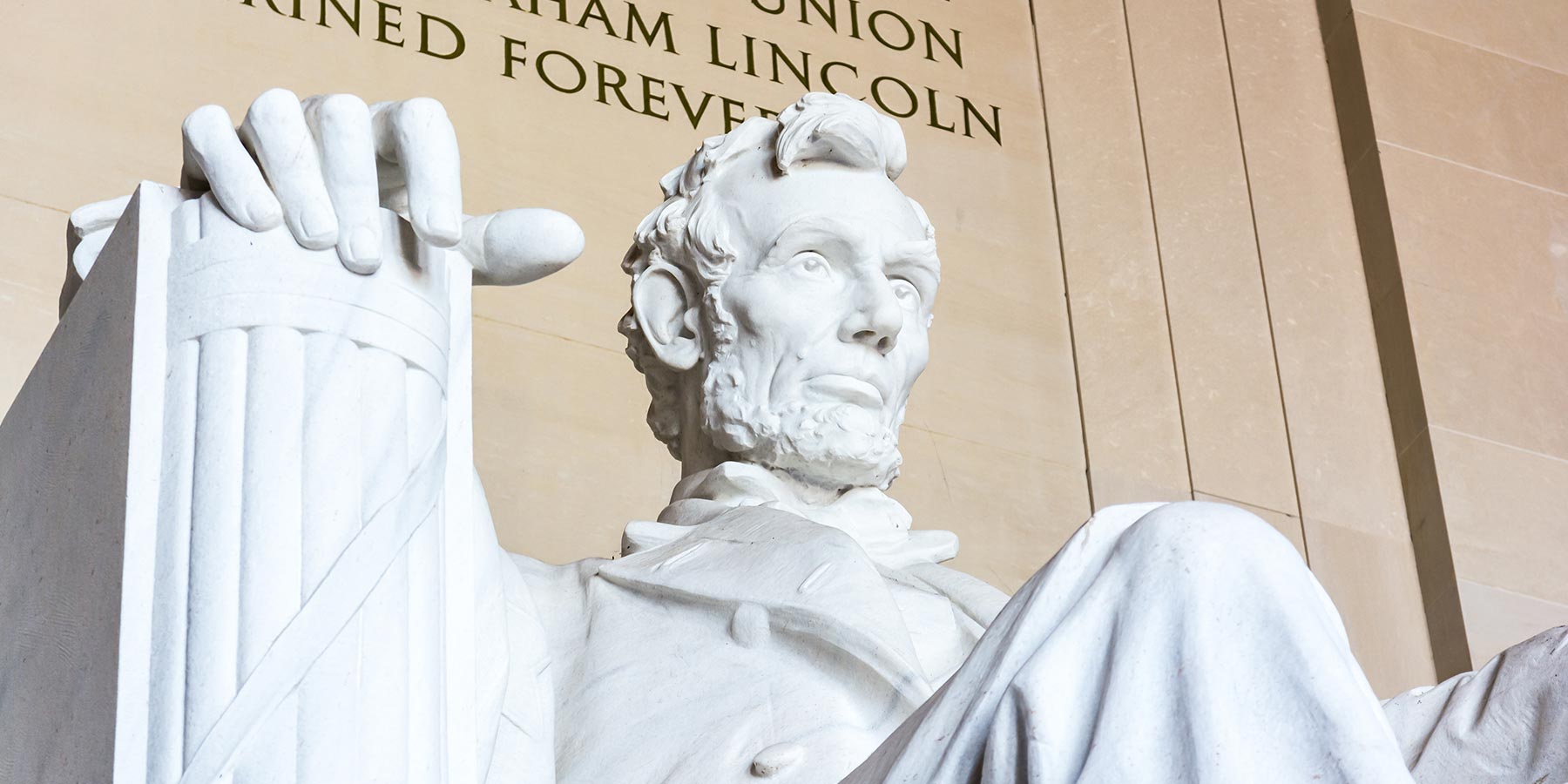
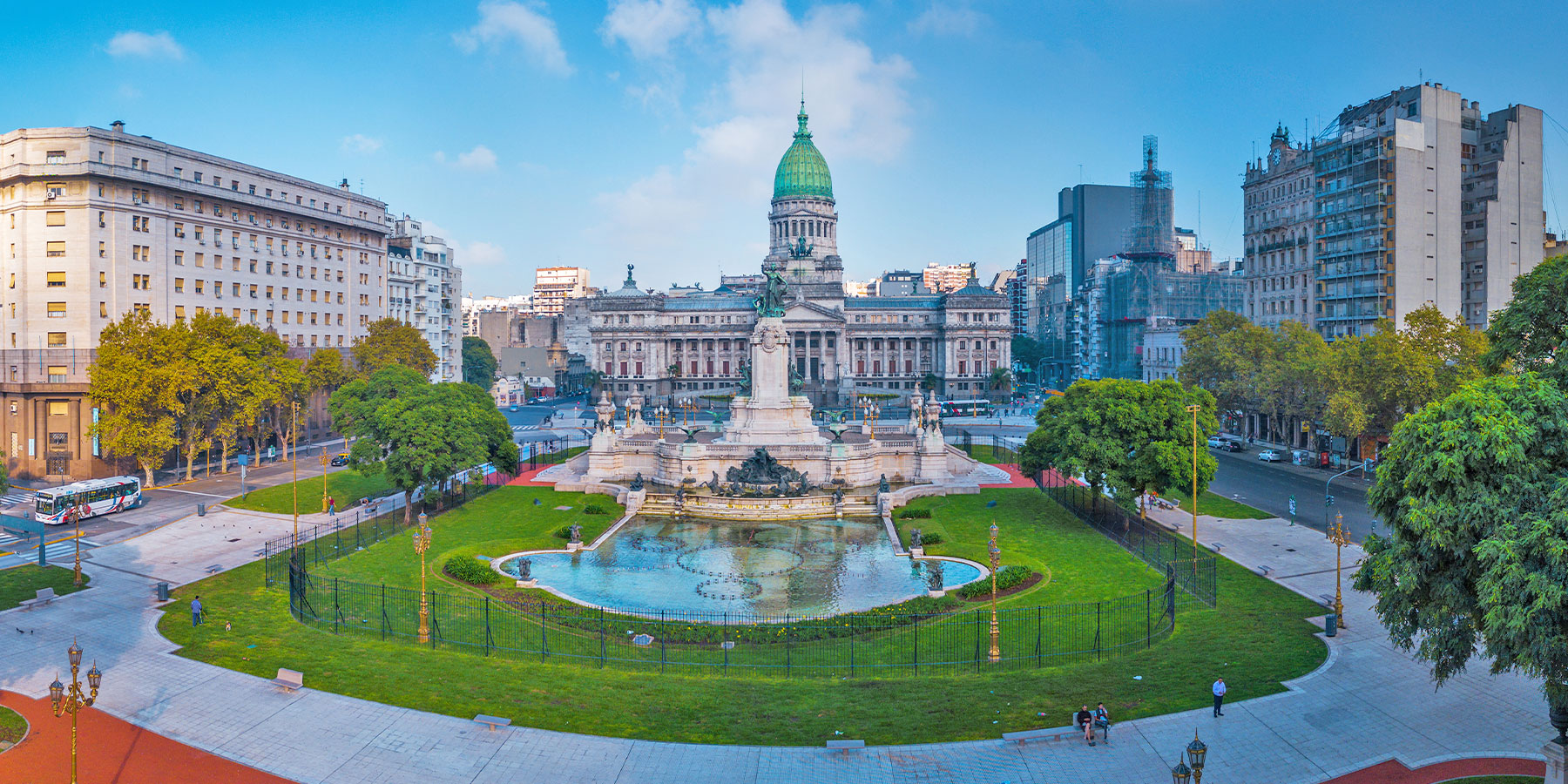
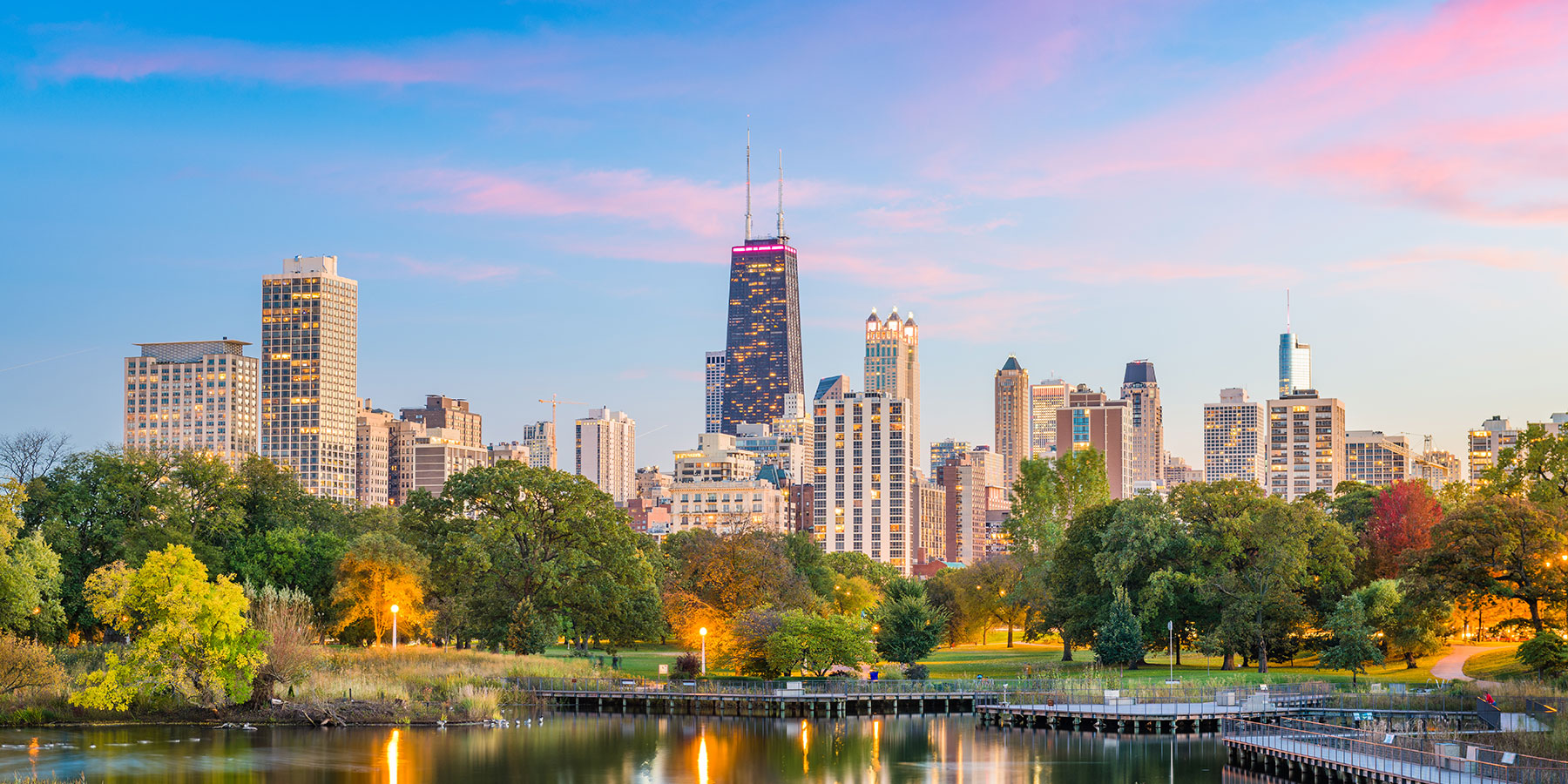
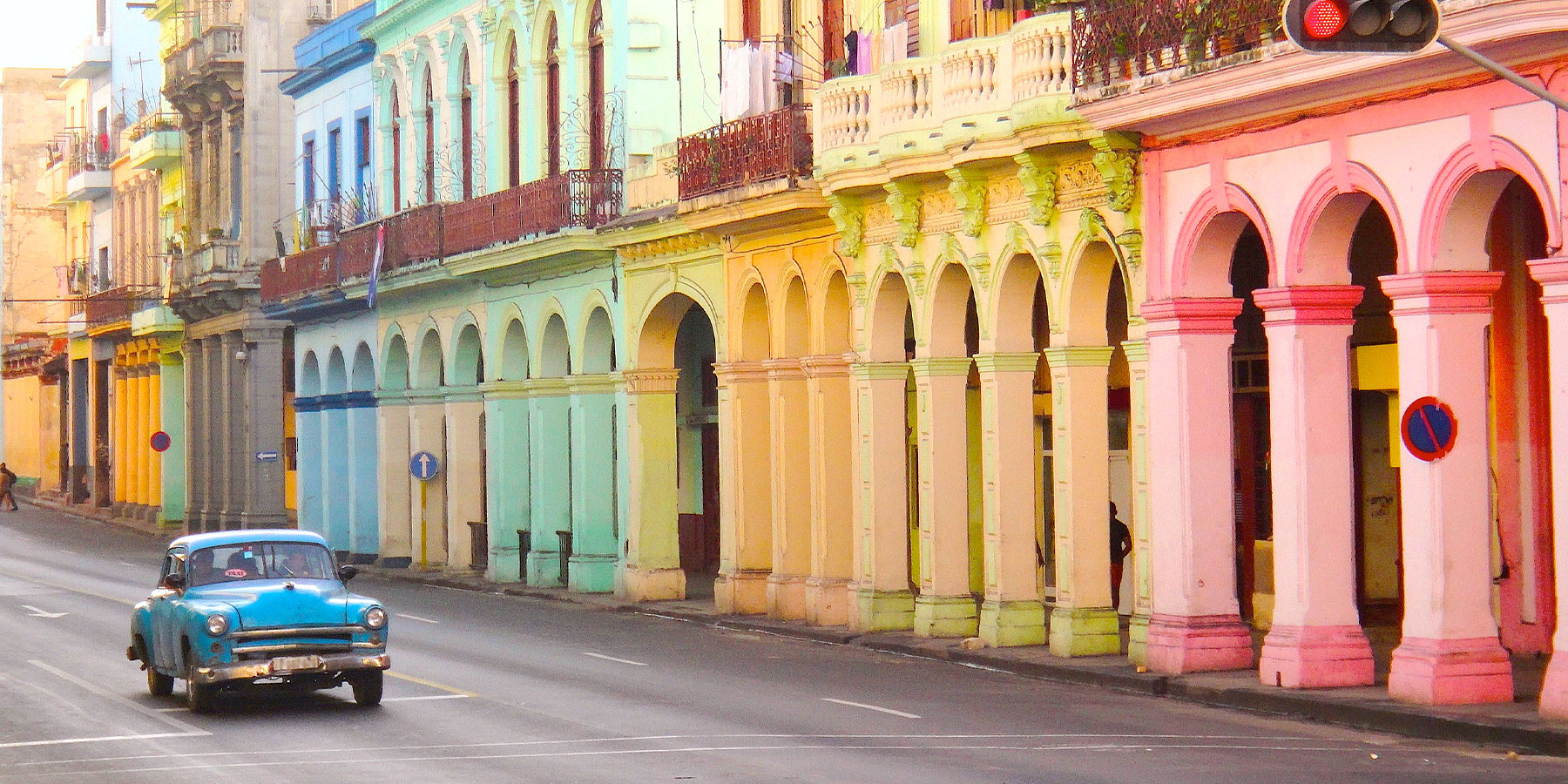


Comments